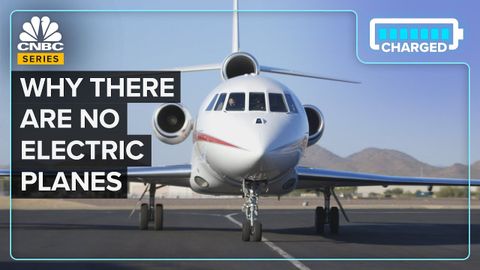为什么我们没有电刨呢?(Why Don't We Have Electric Planes Yet?)
joey joey 發佈於 2021 年 05 月 16 日  沒有此條件下的單字
沒有此條件下的單字US /ɛnˈtaɪr/
・
UK /ɪn'taɪə(r)/
- adj.全體的 ; 完全的;未分割的;全緣的 (植物學)
US /sɪɡˈnɪfɪkənt/
・
UK /sɪgˈnɪfɪkənt/
US /ɪmˈpruv/
・
UK /ɪm'pru:v/
US /pəˈtɛnʃəlɪ/
・
UK /pə'tenʃəlɪ/

